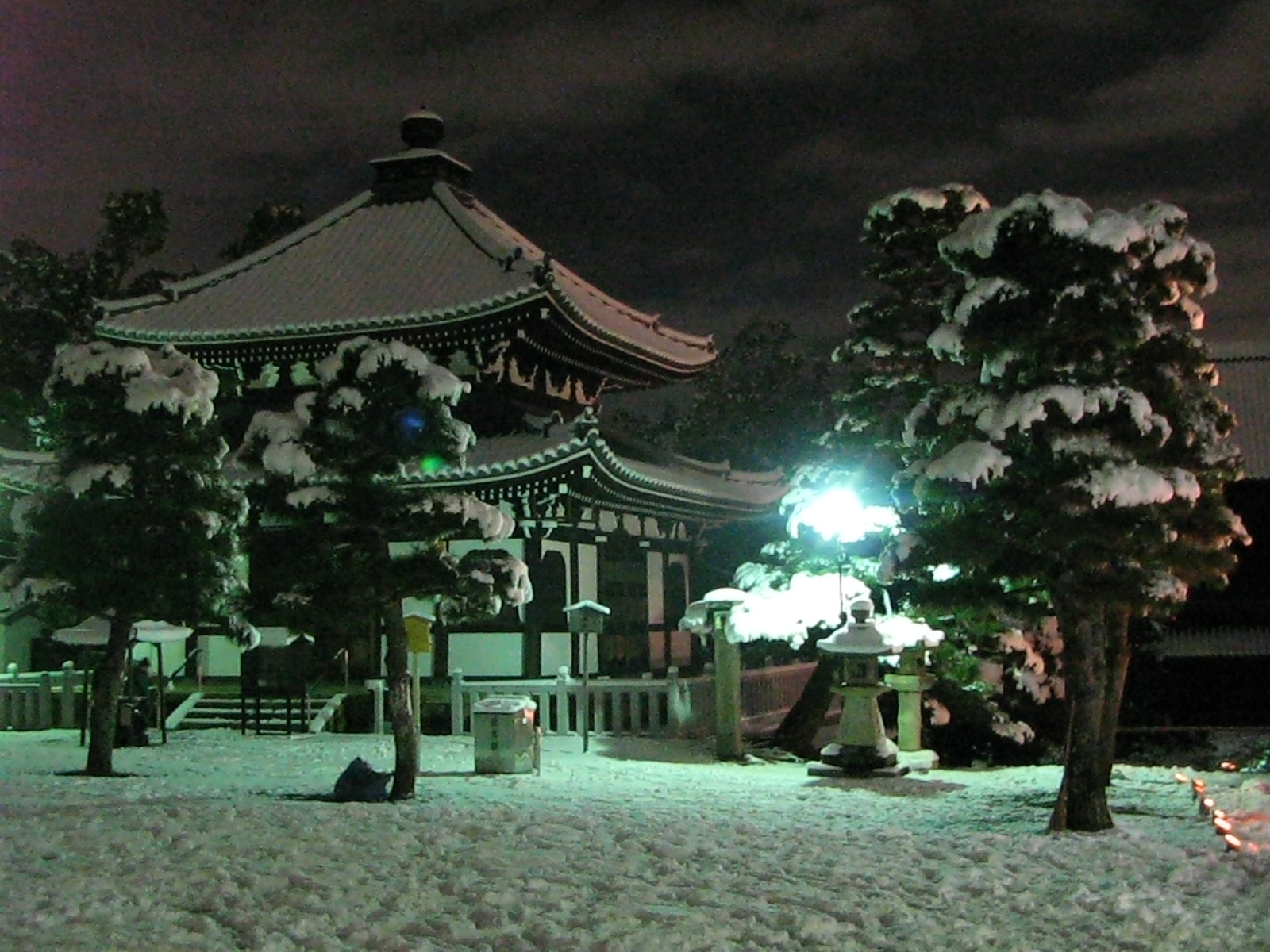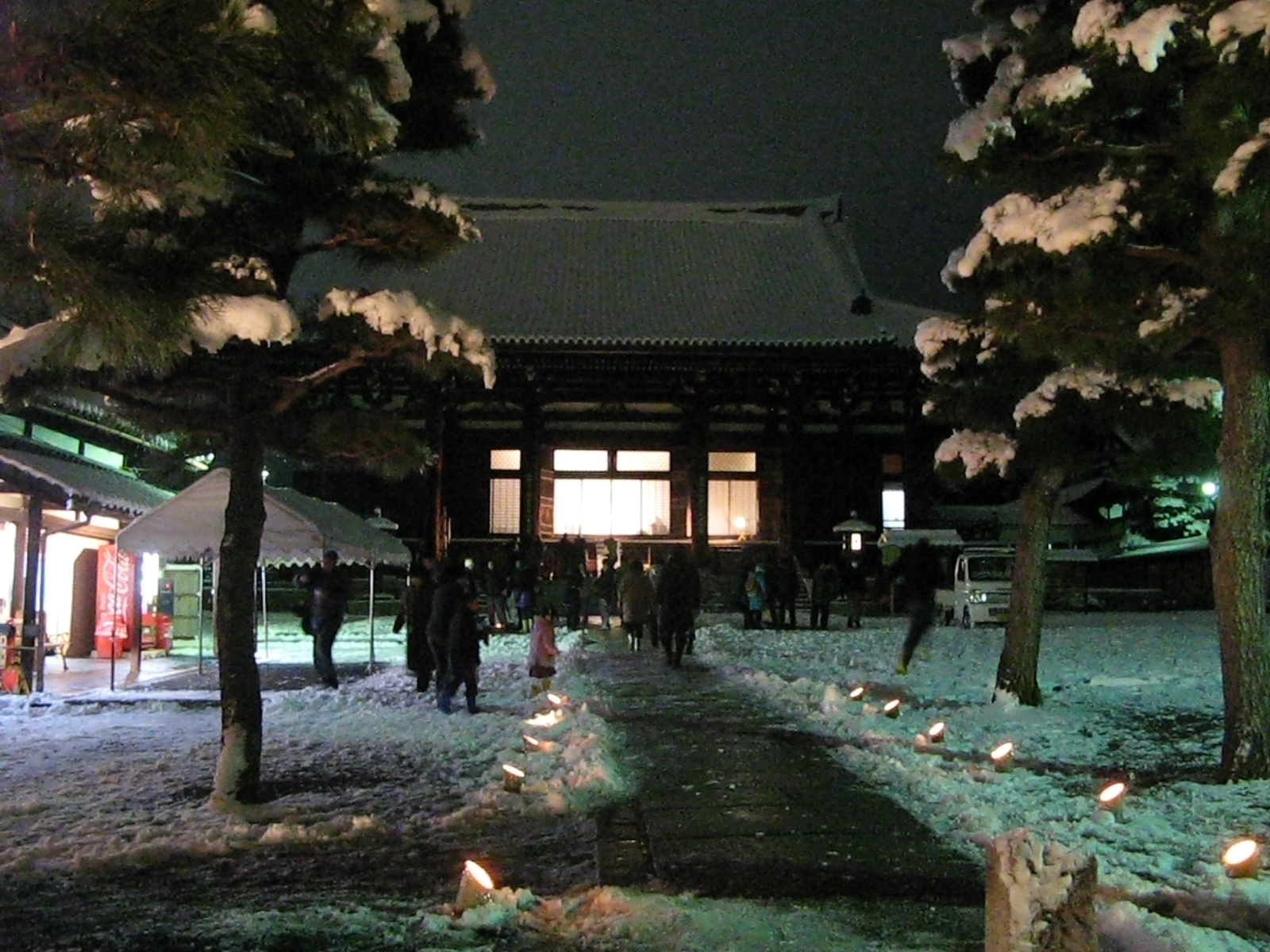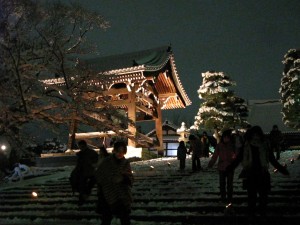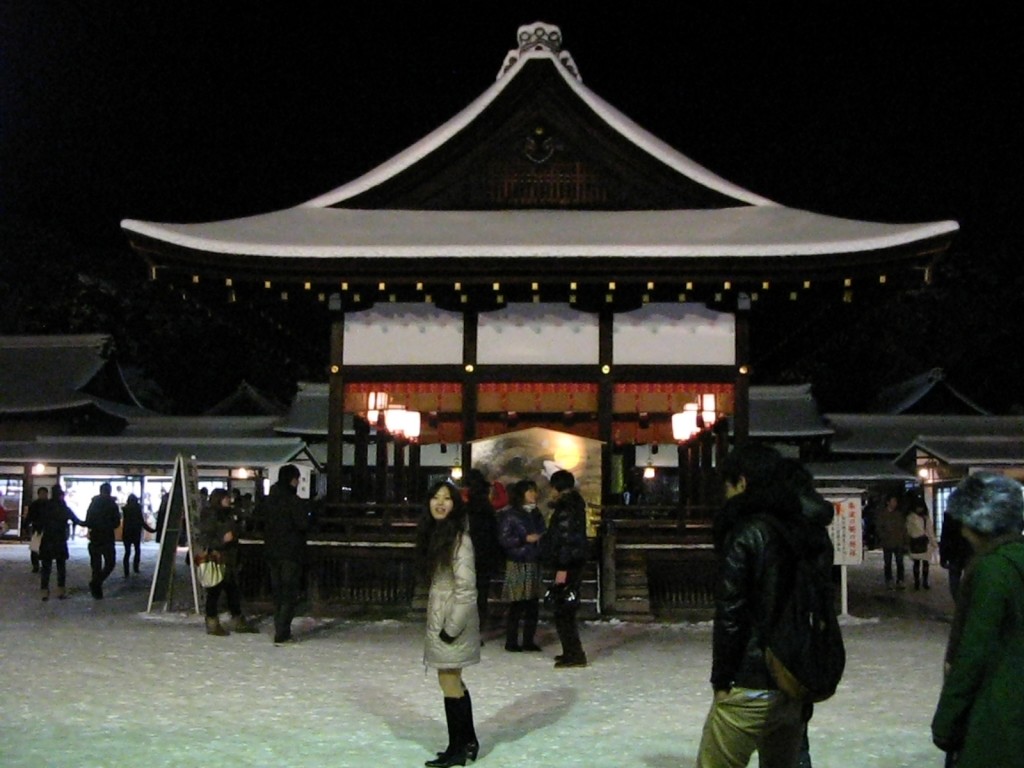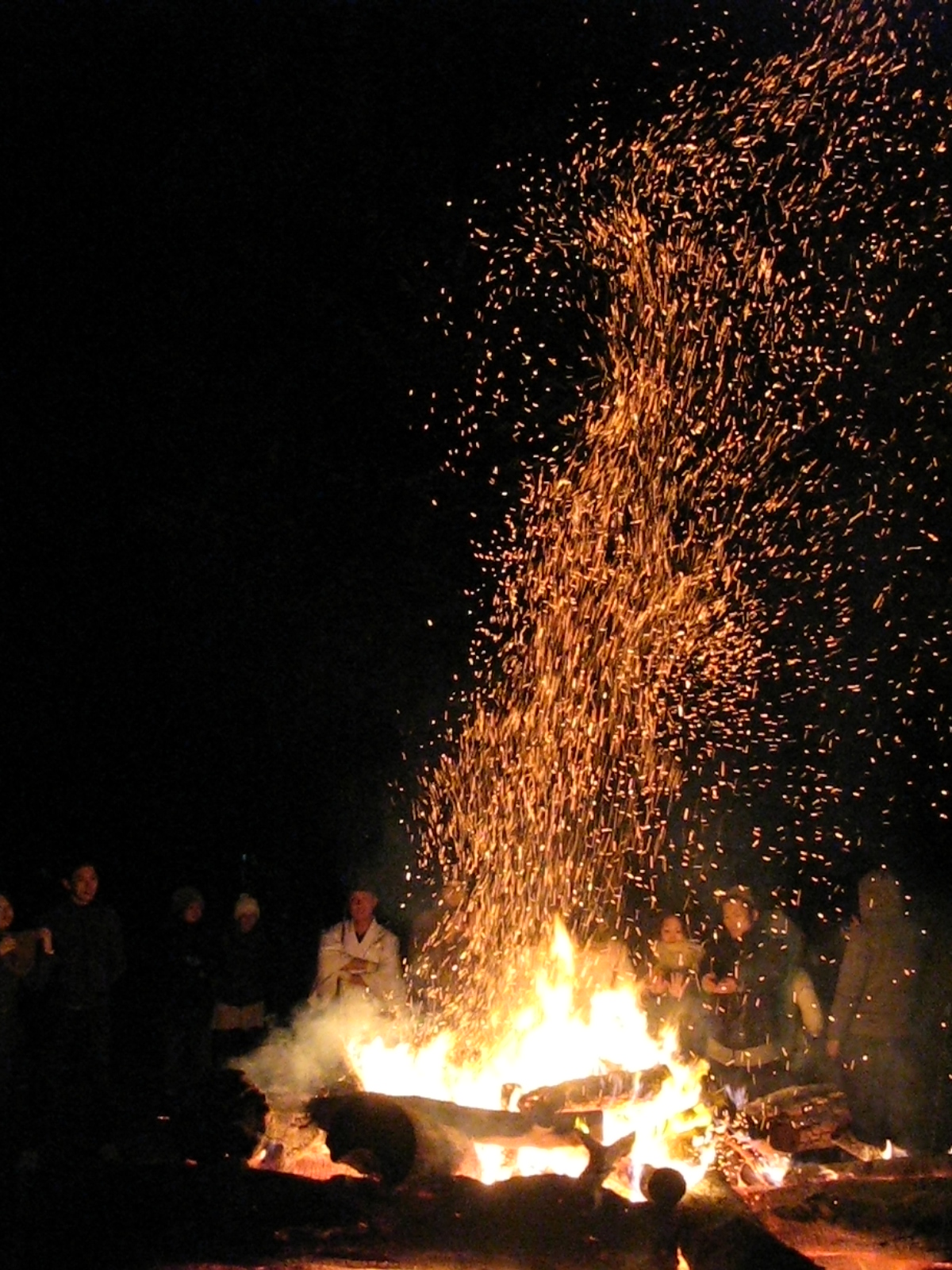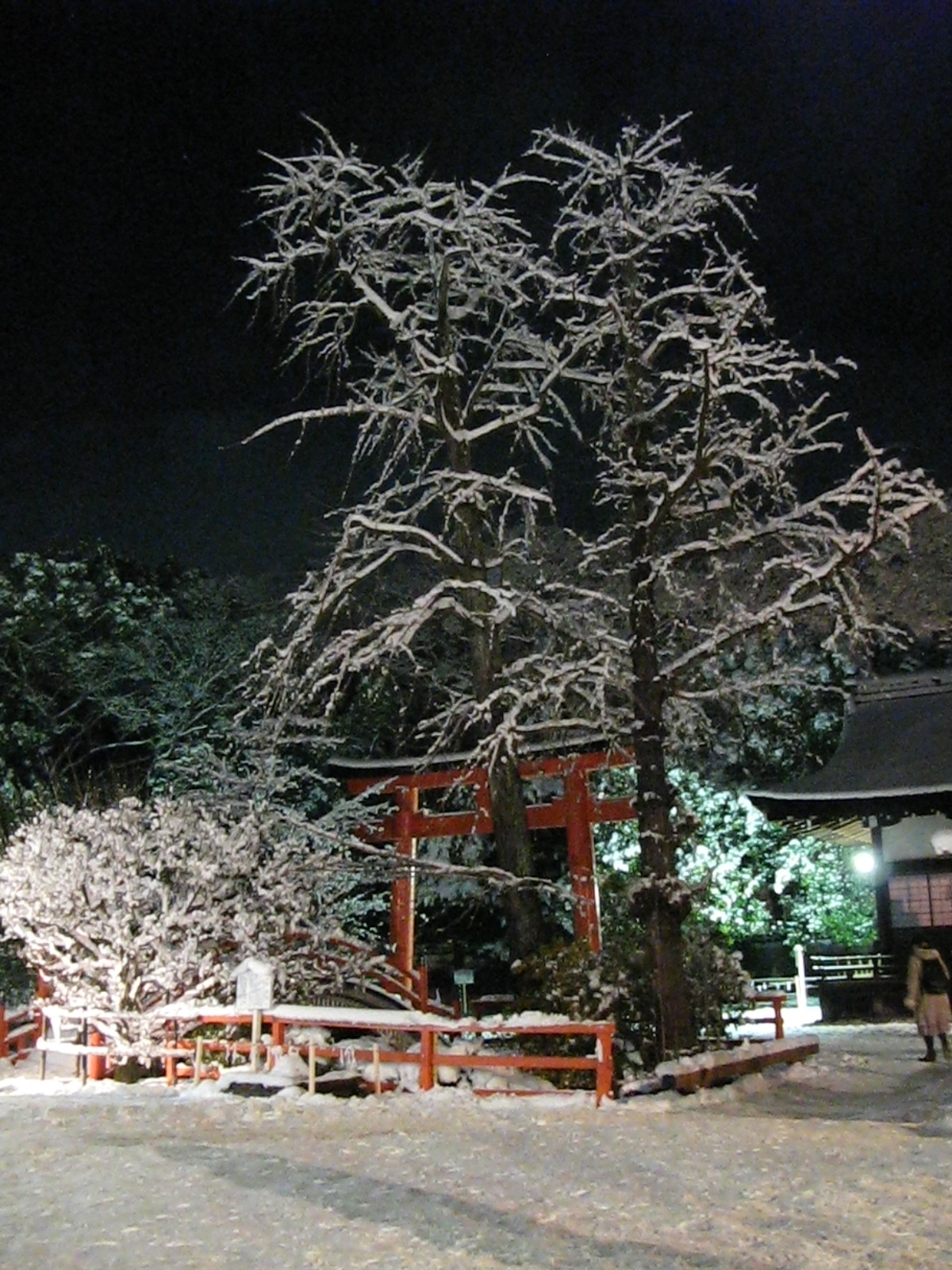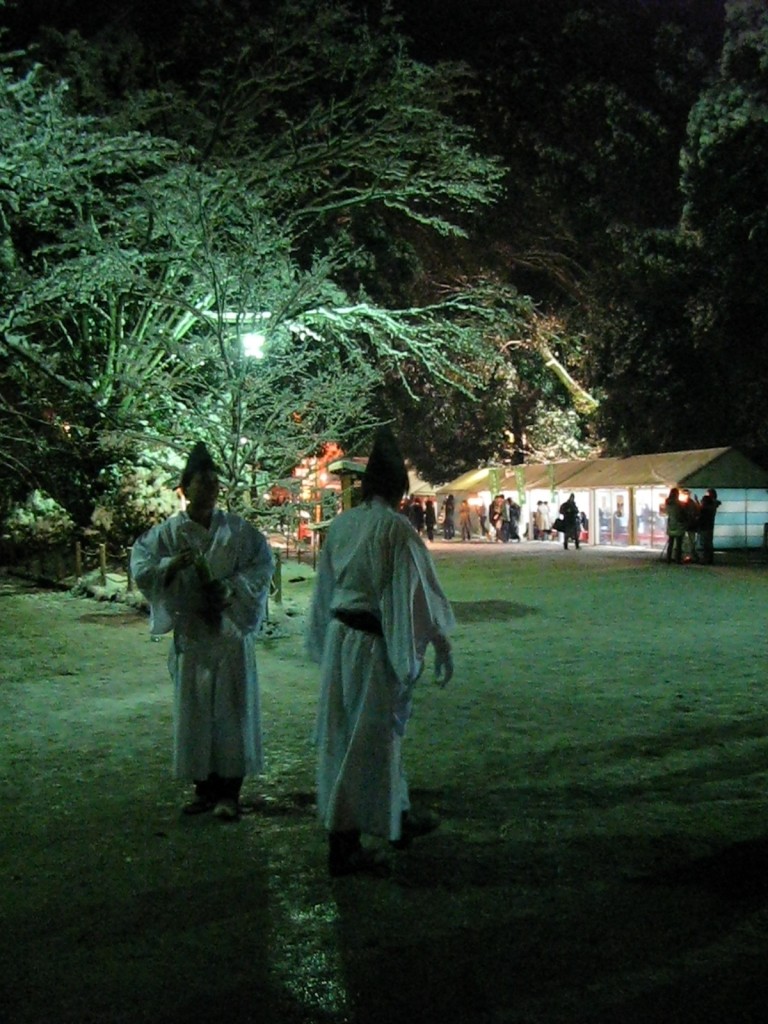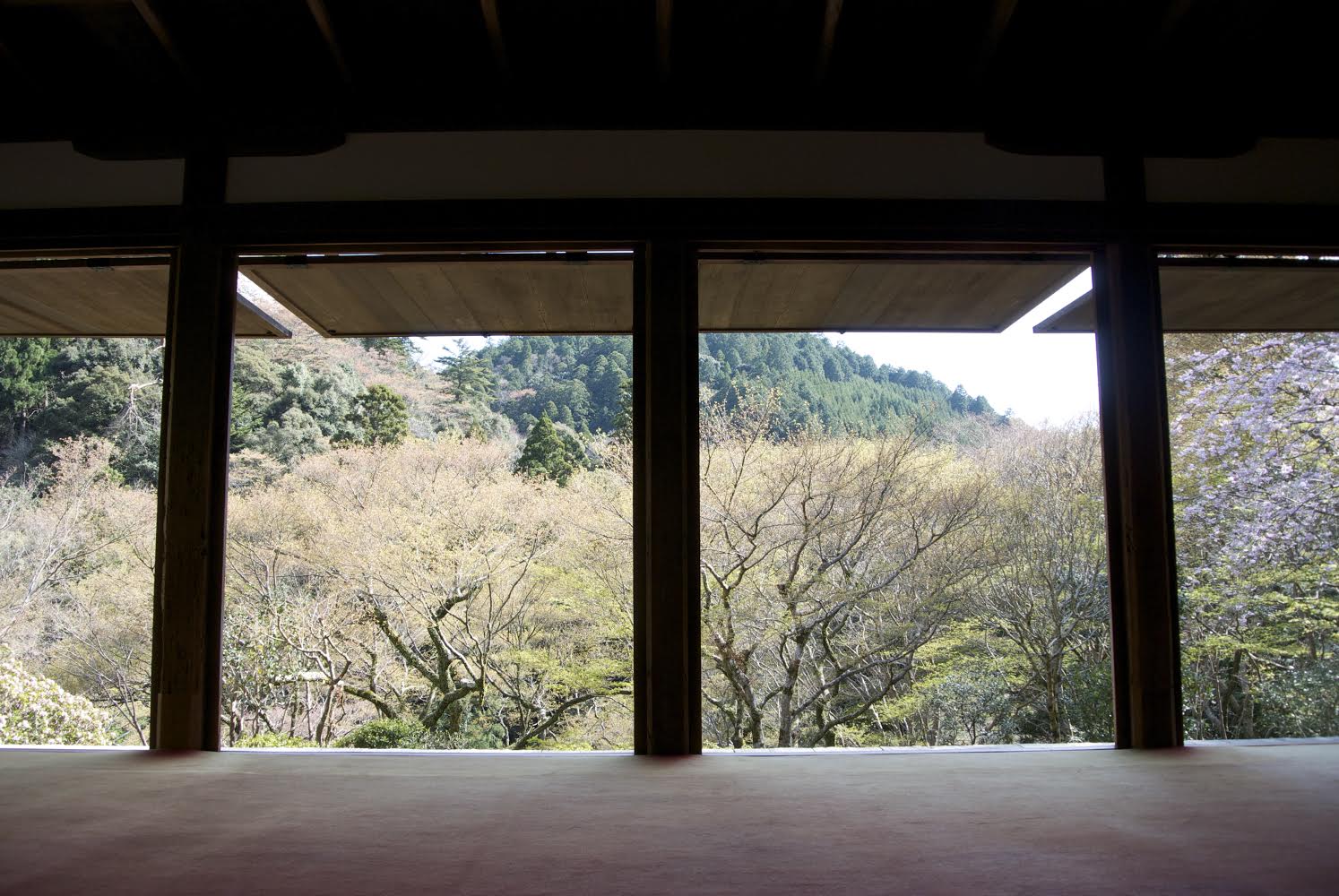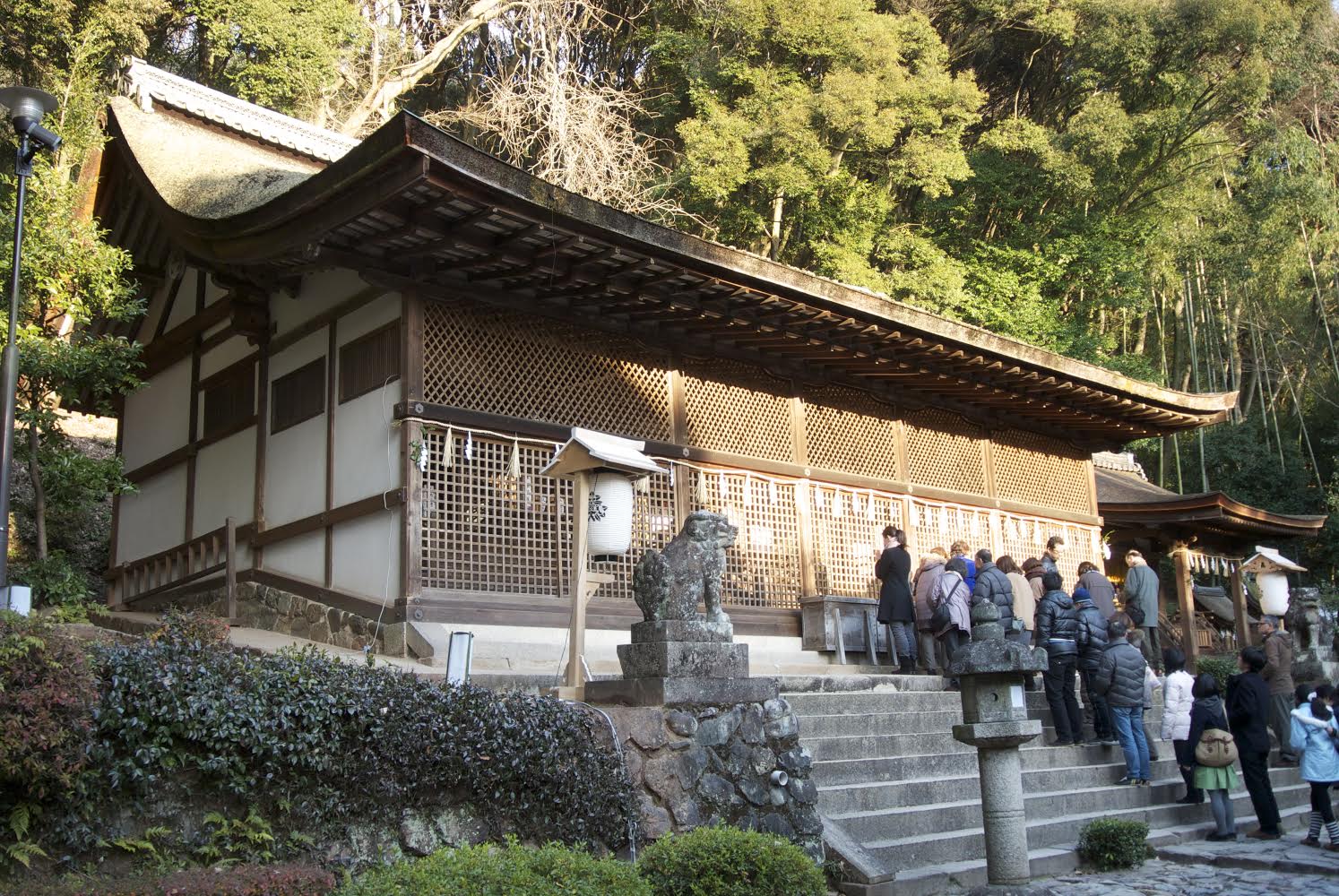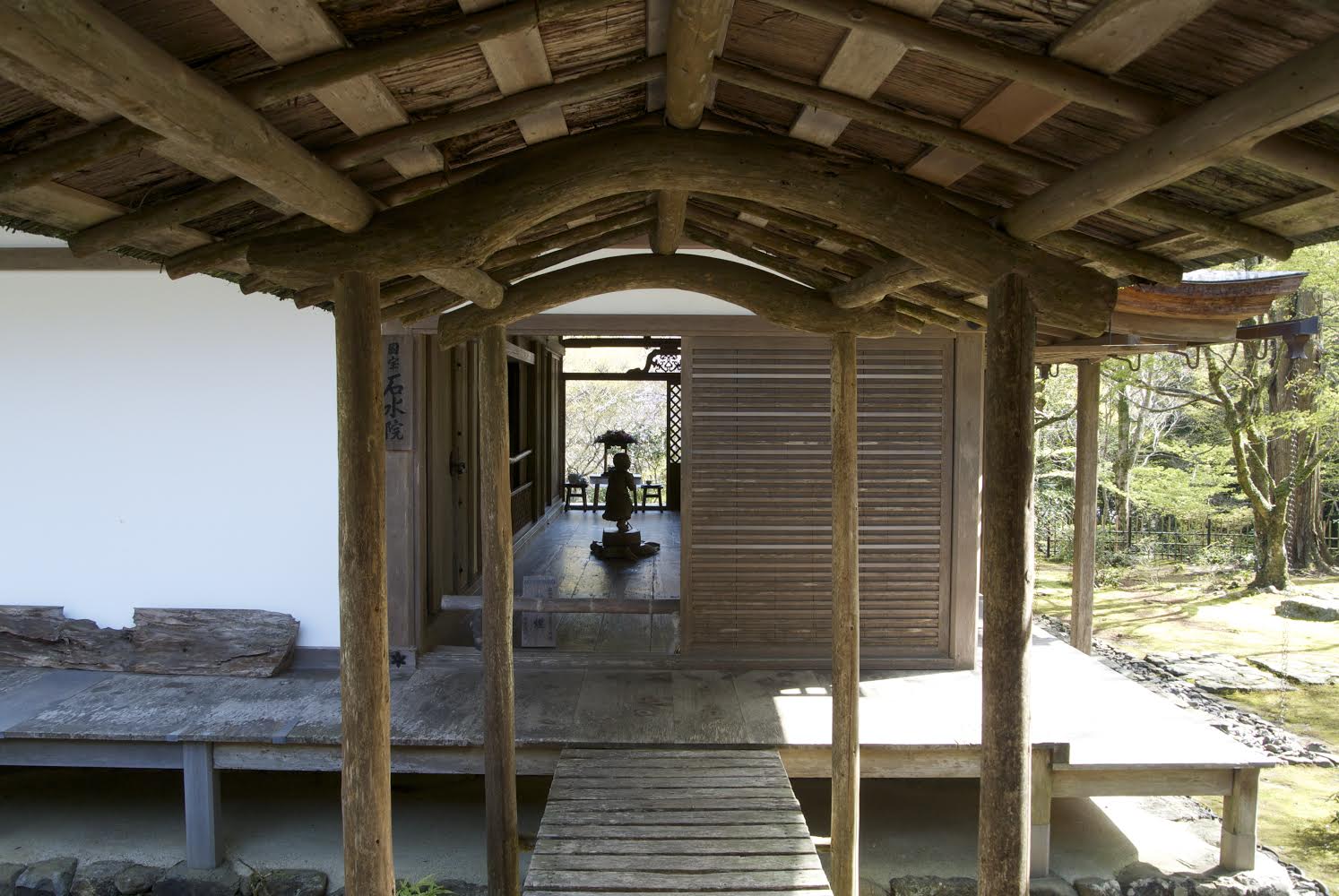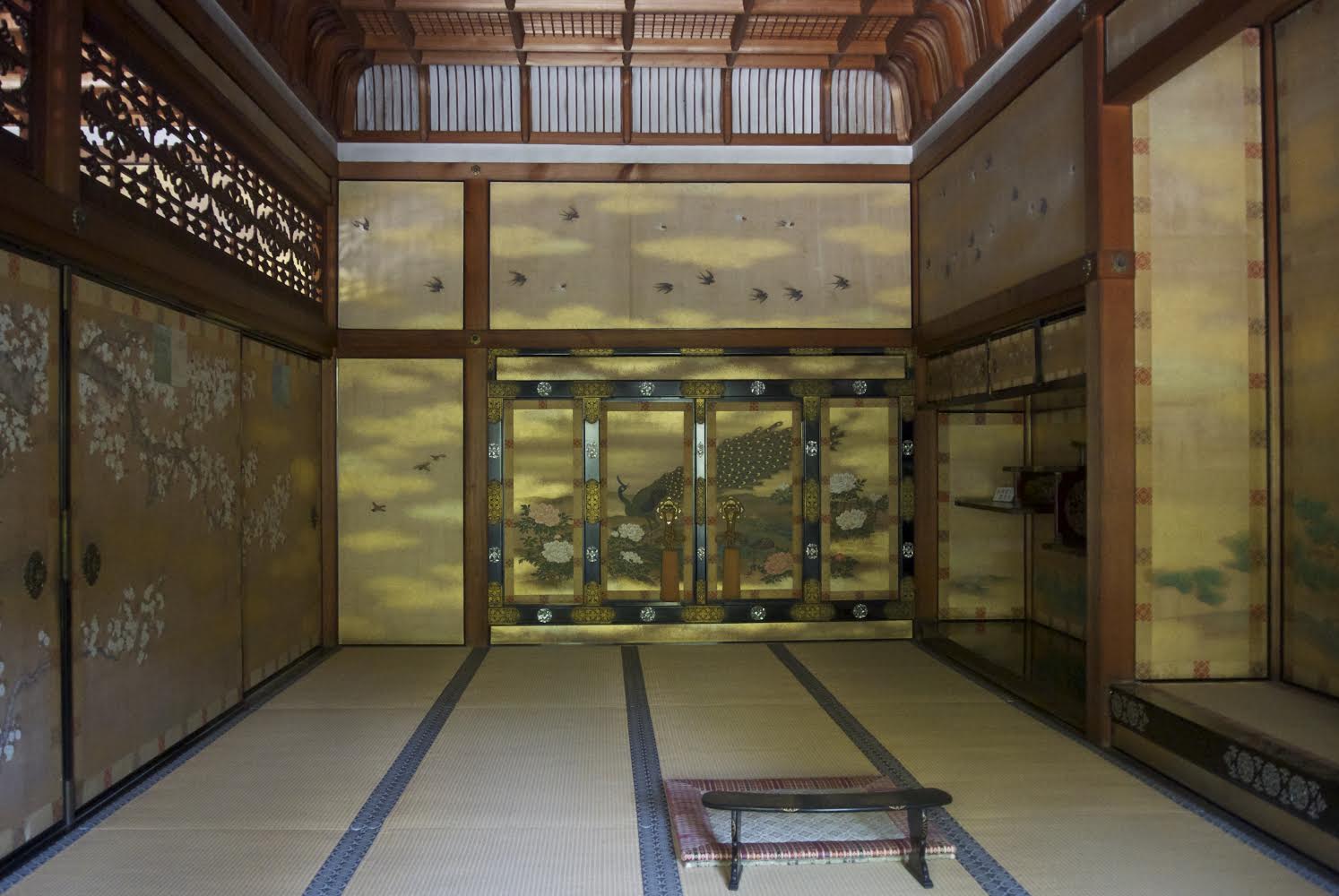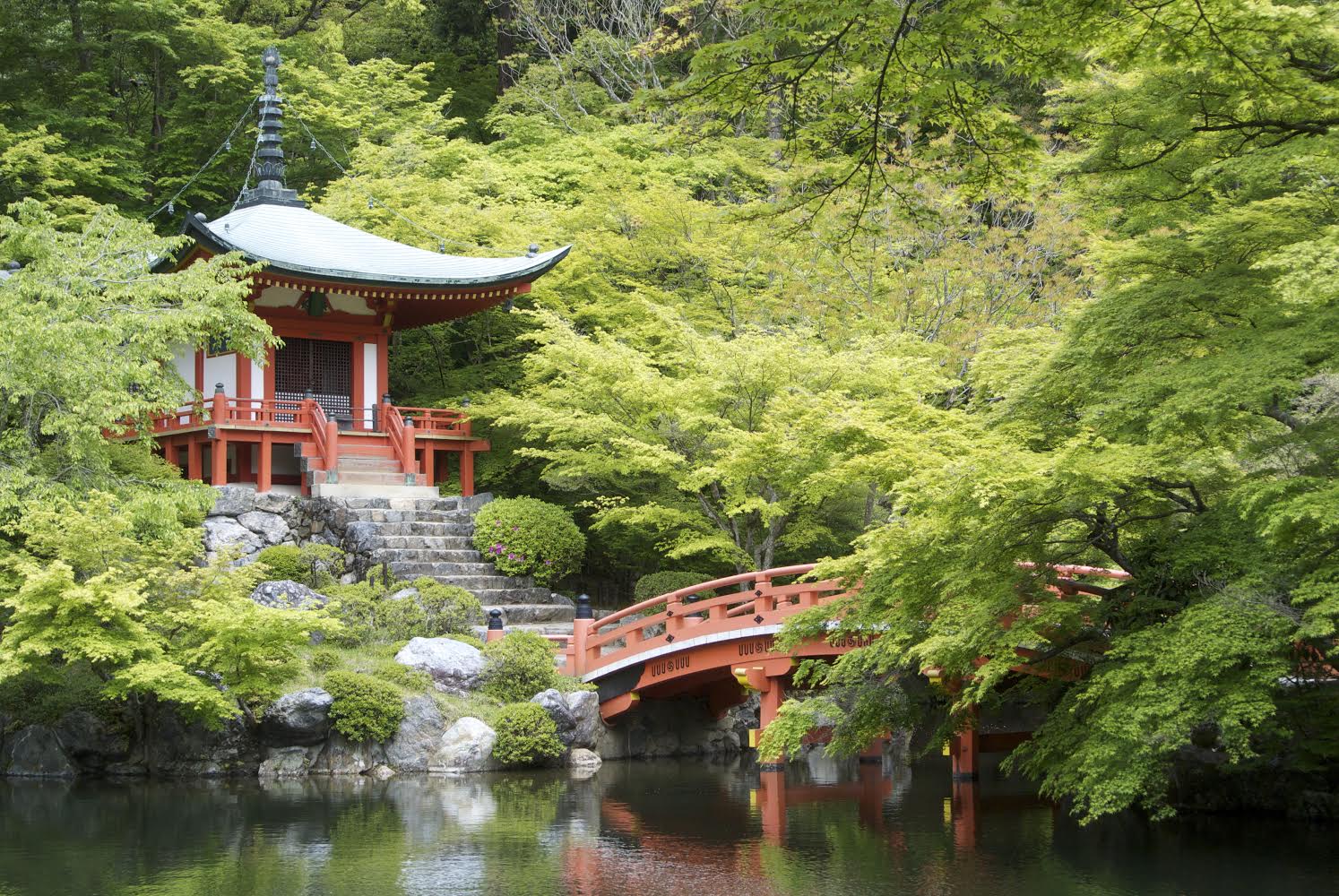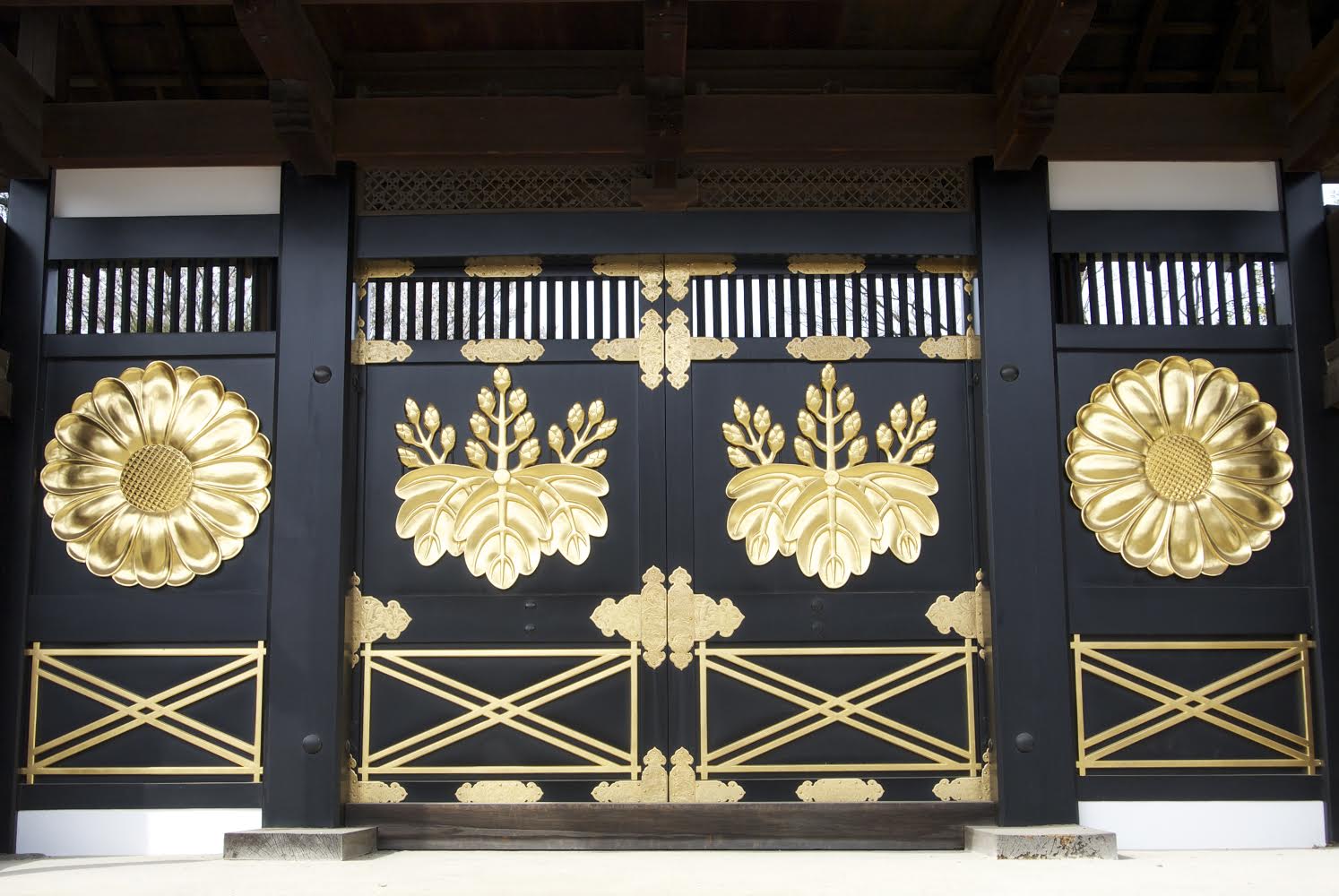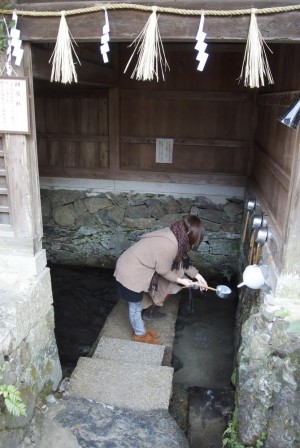Last summer I happened to be up in Kamigyo-ku Ward in north-west Kyoto and took the opportunity to visit Seimei Jinja Shrine. This is a little shrine, and easily missed, but it has a very special character and history, and I had long wanted to take a look at it.
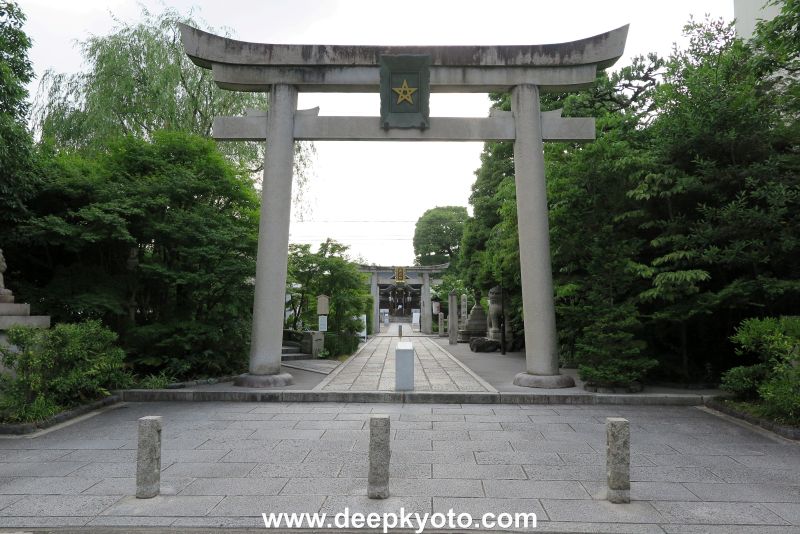
You will notice as soon as you arrive here the ubiquitous design of the five-pointed star or pentagram. This is the symbol of the legendary wizard, Abe no Seimei to whom this temple is dedicated.
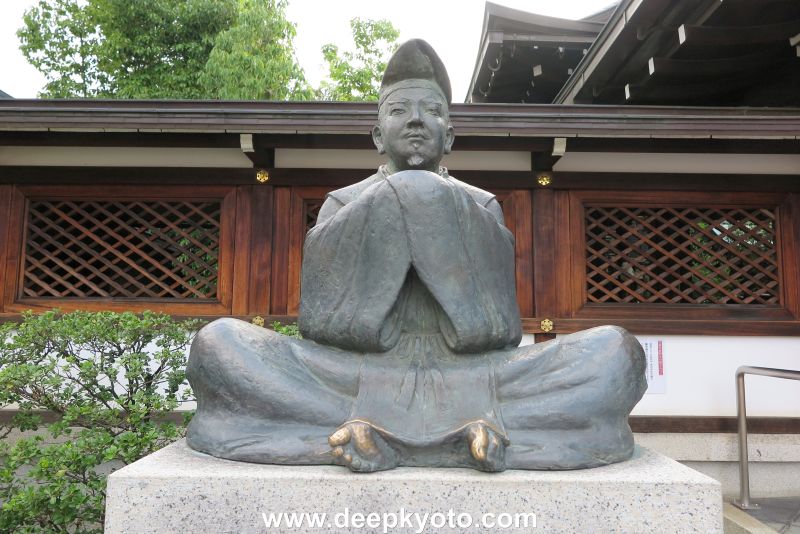
Abe no Seimei was a follower of the yin-yang arts (called onmyÅdo in Japanese) who lived between 921 and 1005 AD. He was an accomplished astrologer, mystic, diviner, and political advisor in Heian era Kyoto, and his symbol the Seiman – or pentagram – is derived from the five elements which formed an integral part of his esoteric cosmology.
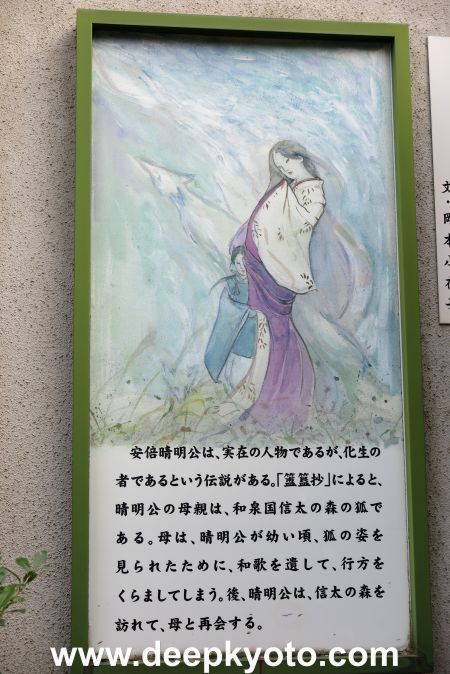
Abe no Semei’s official title was onmyÅji, which literally means priest of shadow and light (or yin-yang master). After he died (on October 31st!) the Emperor Ichijo had this shrine built in his honor, on the grounds of Seimei’s former home. In legend, literature, manga, anime, and film Seimei has been recorded as a powerful occult magician, and only half-human because it is a popular belief that his mother was a kitsune or magical shape-shifting fox spirit.
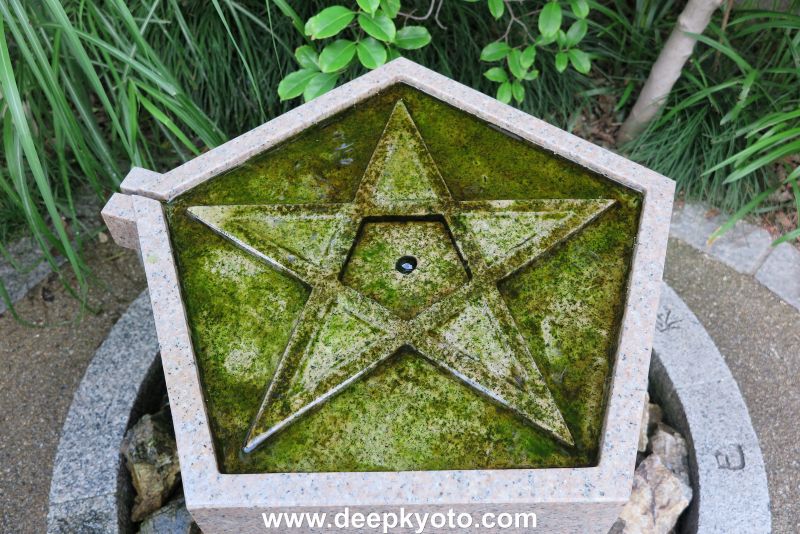

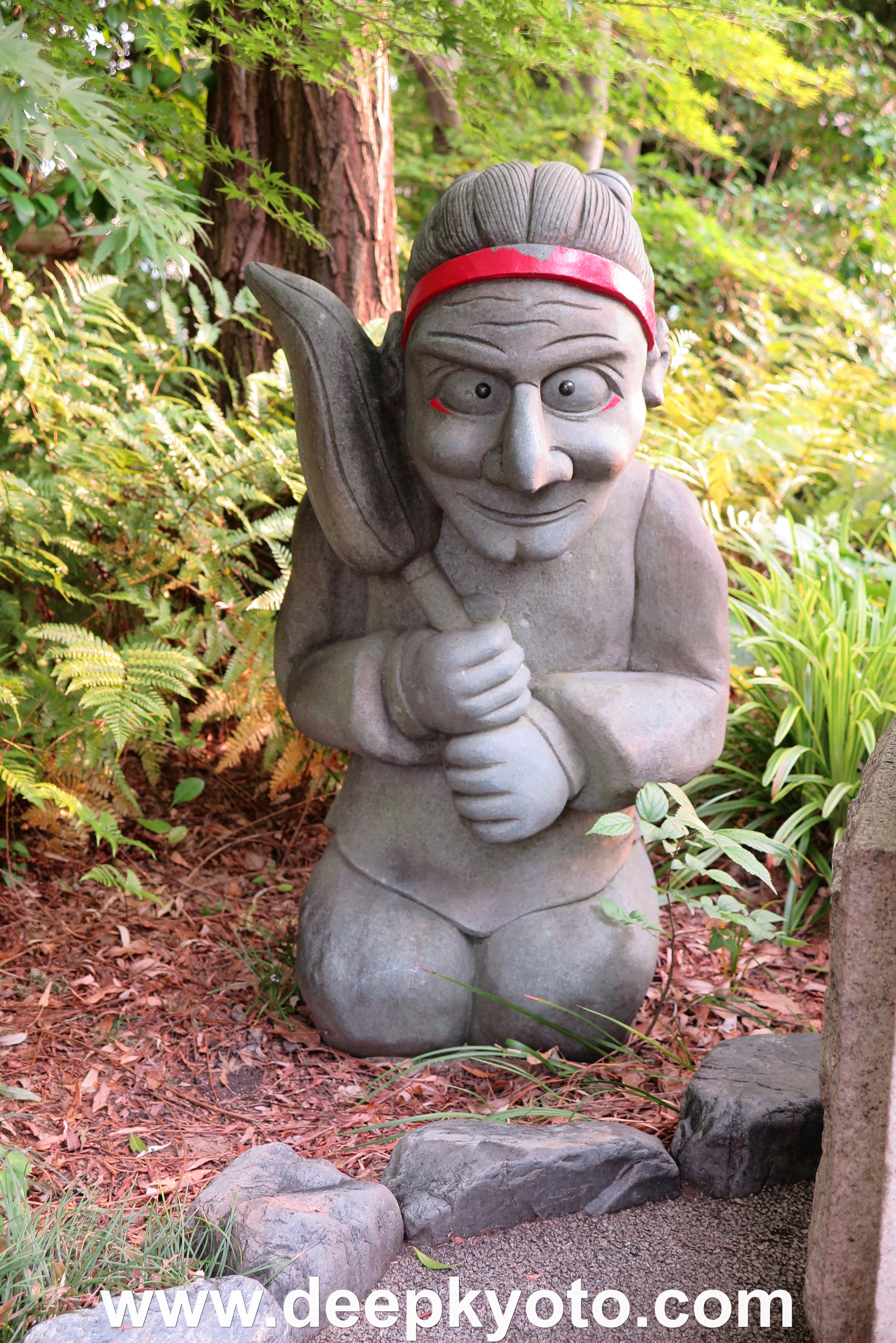
Now I like to think of myself as a rationalist, and I am not a great believer in mystical “power spots”, but Seimei Jinja does have a remarkable and unique atmosphere. I wouldn’t describe it as a creepy atmosphere, in fact quite the opposite, there was a profoundly peaceful stillness here – which was odd because it is just off the main road with lots of traffic passing by. Nevertheless, once inside the shrine, there is a noticeable and very pleasant feeling of tranquility that hangs about the place, and it definitely made an impression on me.
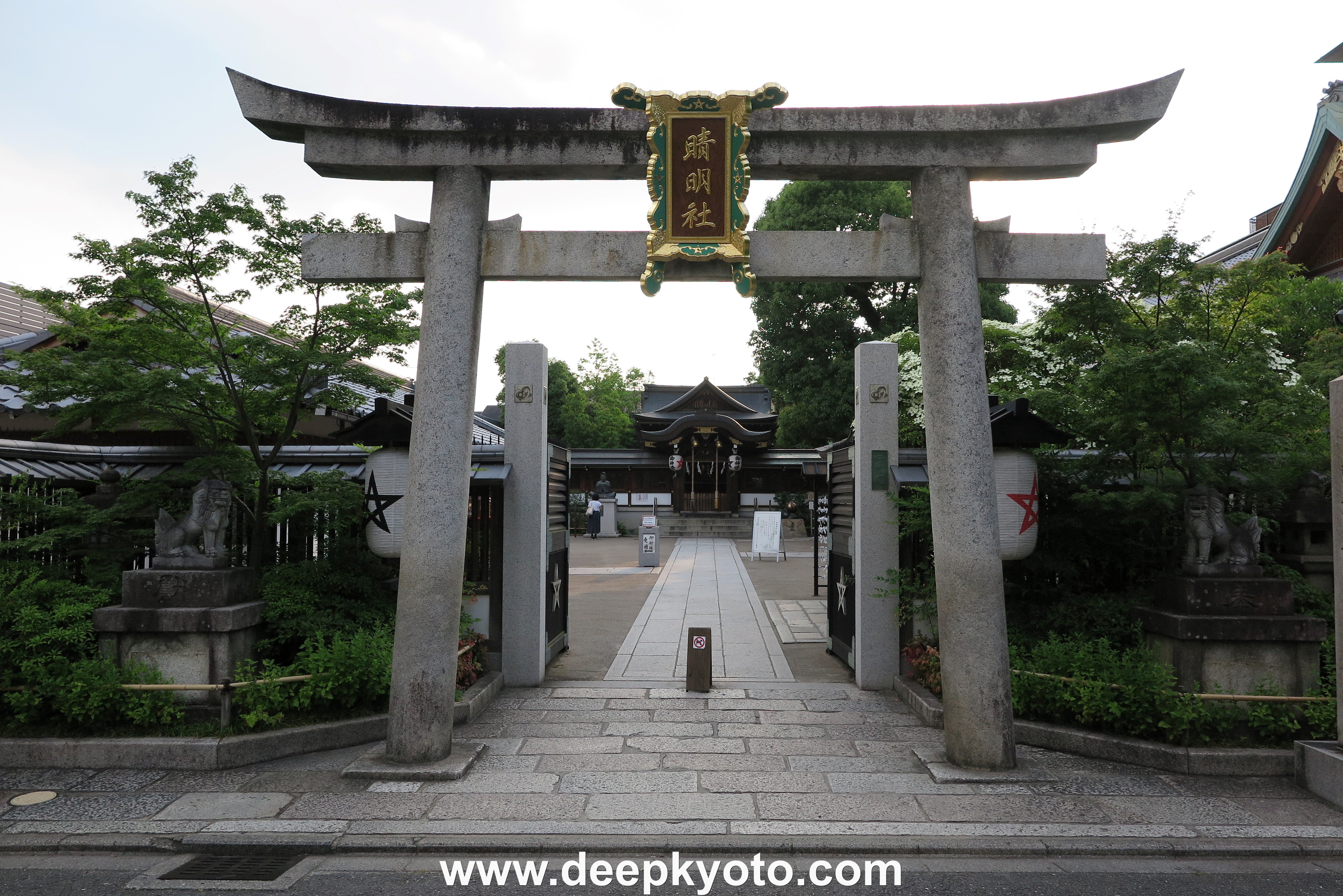
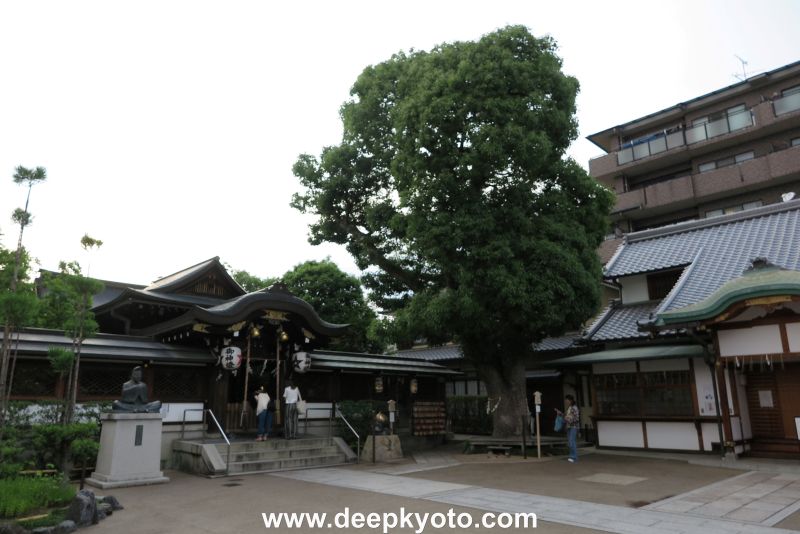
If you happen to be in the area, I would recommend popping by Seimei Jinja. Pay your respects to the old wizard, and have a quick rub of the shiny peach in front of the main shrine building. It is said to ward off misfortune – and that’s why it is so shiny!
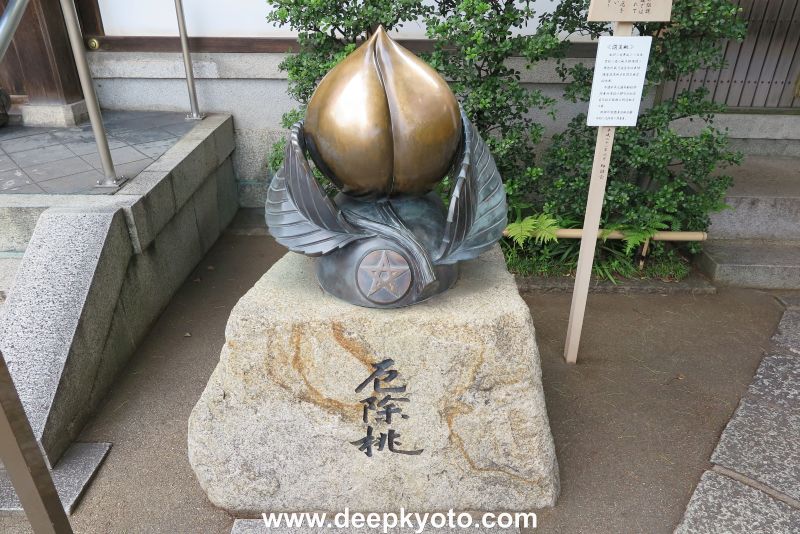
Seimei Jinja is located on the west side of Horikawa Doori Street, a 3 minute walk south of Imadegawa Doori. It is convenient for the Raku Museum, Nishijin Textile Center, and Kyoto Brighton Hotel. Semei Matsuri Festival is held here every year during the autumn equinox. Here is a MAP of the location.
















































